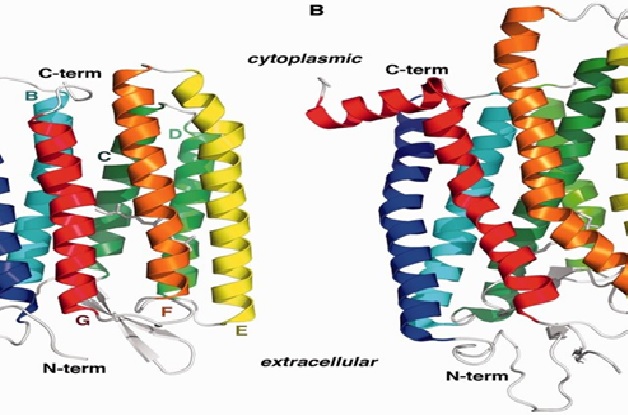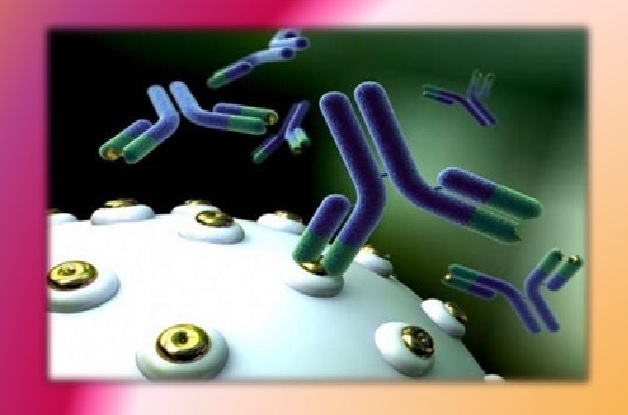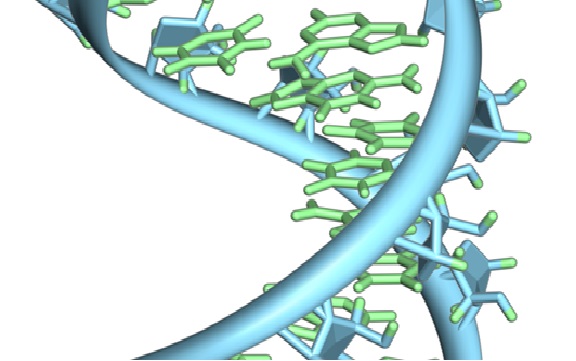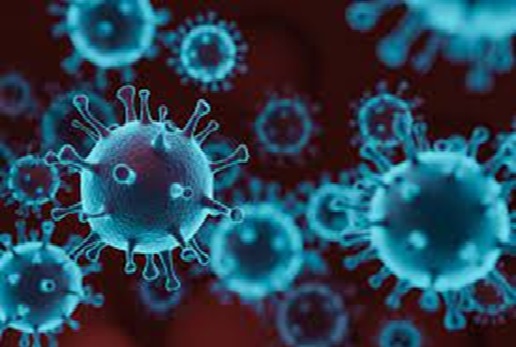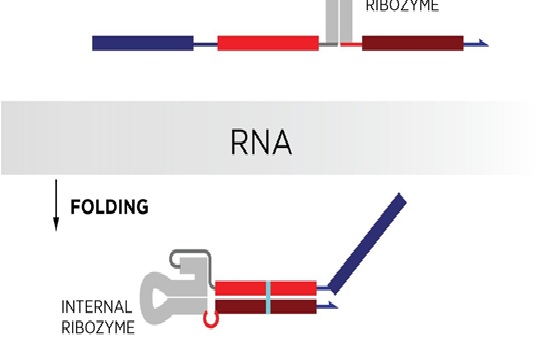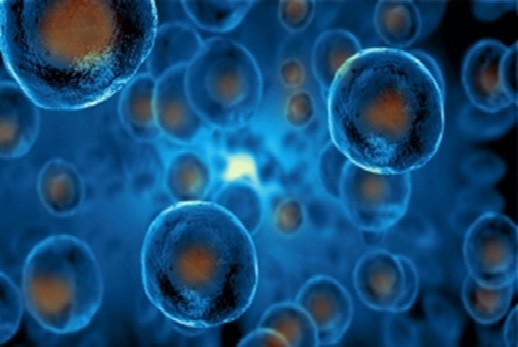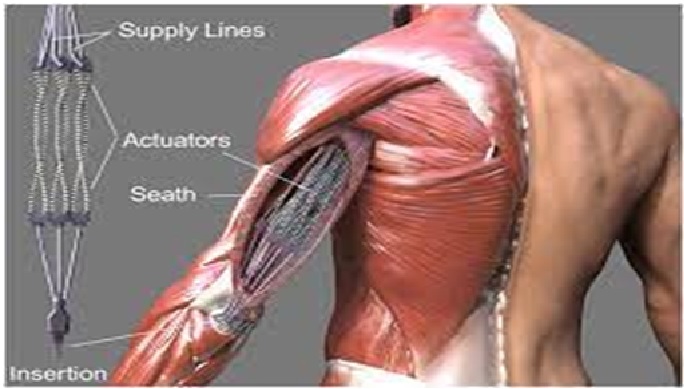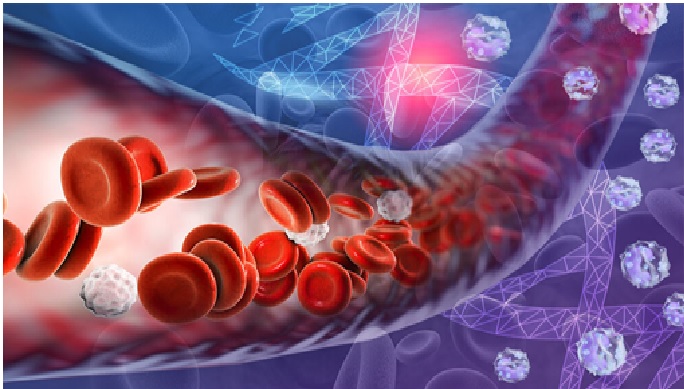Bacteria-shredding Insect Wings Inspire New Antibacterial Packaging
The lab-made nanotexture from an Australian-Japanese team of scientists kills up to 70% of bacteria and retains its effectiveness when transferred to plastic. More than 30% of food produced for human consumption becomes waste, with entire shipments rejected if bacterial growth is detected.
The research sets the scene for significantly reducing waste, particularly in meat and dairy exports, as well as extending the shelf life and improving the quality, safety and integrity of packaged food on an industrial scale. Distinguished Professor Elena Ivanova of RMIT University in Melbourne, Australia, said the research team had successfully applied a natural phenomenon to a synthetic material – plastic. [1]

Figure 1. Bacteria-shredding insect wings inspire new antibacterial packaging
Figure 1 shows Dragonfly and cicada wings are covered by a vast array of nanopillars -- blunted spikes of similar size to bacteria cells.
When bacteria settle on a wing, the pattern of nanopillars pulls the cells apart, rupturing their membranes and killing them.
Ivanova's team developed their nanotexture by replicating insects' nanopillars and developing nanopatterns of their own. To assess the pattern's antibacterial ability, bacteria cells were monitored at RMIT's world-class Microscopy and Microanalysis Facility. The best antibacterial patterns were shared with the Japan team, who developed a way to reproduce the patterns on plastic polymer. [2]
Until recently, it was difficult to find suitable technology to reproduce this nanotexturing on a scale suitable for manufacturing.
But now technology exists to scale up and apply antibacterial properties to packaging, among a range of other potential applications, like personal protective equipment. Their new research builds on a 2020 study into using insect-inspired nanomaterials to fight superbugs. The team is keen to collaborate with potential partners in the next stage of the research – upscaling the technology and determining the best ways to mass manufacture the antibacterial packaging. [3]
A pioneer in biomimetic antibacterial surfaces, Distinguished Professor Elena Ivanova leads the Mechano-bactericidal Materials Research Group in the School of Science at RMIT. [4]
References:
- https://indiaeducationdiary.in/rmit-bacteria-shredding-insect-wings-inspire-new-antibacterial-packaging/
- https://www.sciencedaily.com/releases/2022/03/220321103811.htm
- https://www.australianmanufacturing.com.au/bacteria-shredding-insect-wings-inspire-new-antibacterial-packaging/
- https://digydata.com/bacteria-shredding-insect-wings-inspire-new-antibacterial-packaging-sciencedaily/
Cite this article:
Thanusri swetha J (2022), Bacteria-shredding Insect Wings Inspire New Antibacterial Packaging, AnaTechMaz, pp. 34


